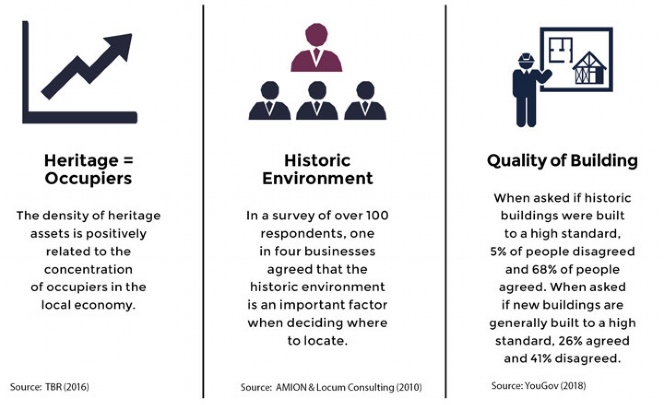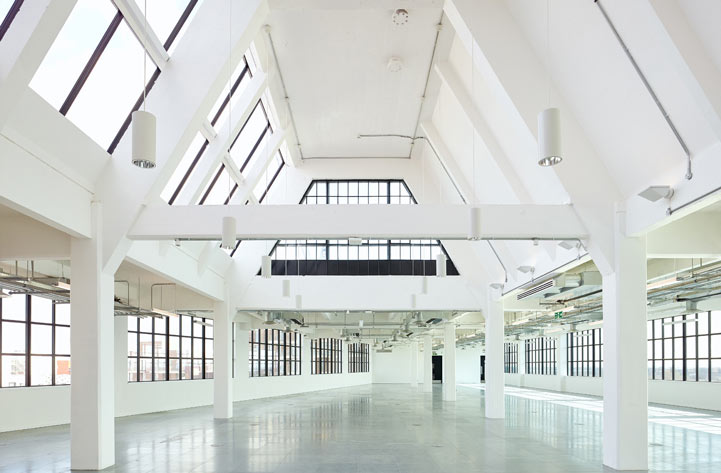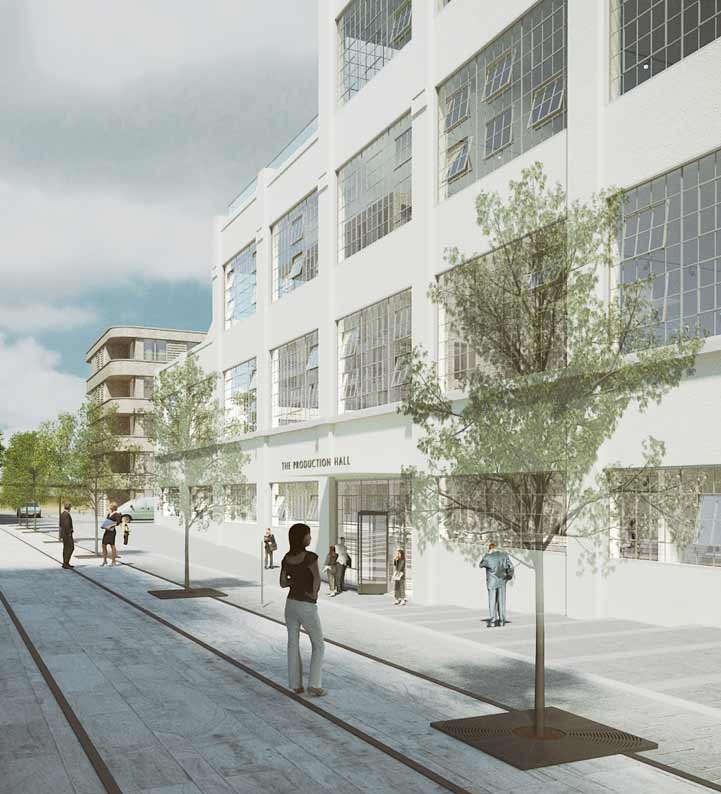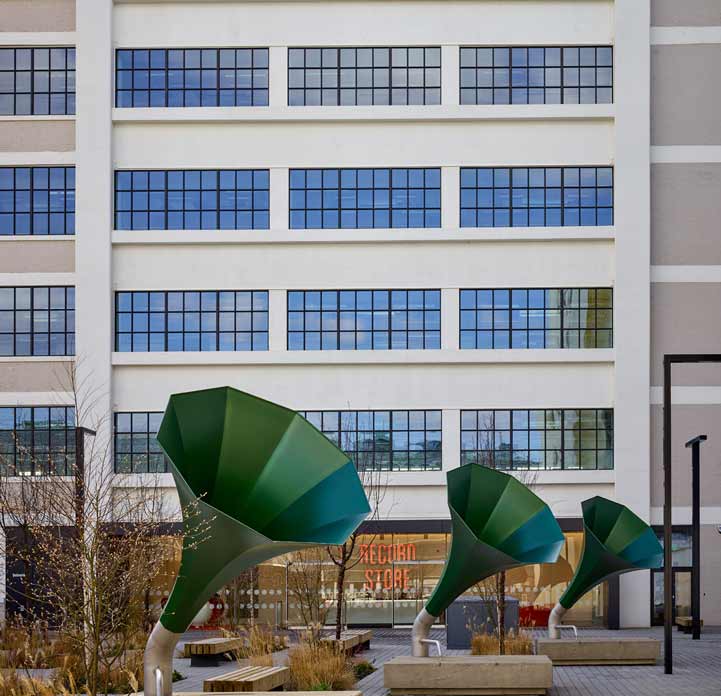What can heritage sites offer the modern office occupier?

Key data points
Developers are increasingly looking to adapt and reuse heritage sites into modern commercial space, this is not only sustainable, but preserves history and reinstates activity in previously established areas. The adaptation of disused heritage sites presents a competitive and sustainable alternative to the new build office for a number of reasons. There is even evidence to suggest that the presence of heritage sites positively affects local economies. In 2018, the British Council for Offices reported that although converted space may not completely match the performance of a new build, the social value attached to retaining the style and character of historical buildings can be balanced against the shortfall.
When occupiers are choosing a location to occupy they want that area to reflect their company culture, have high quality office stock available and facilitate a high standard of living for their employees. Historical heritage sites play a vital role in shaping and maintaining the identity and character of a location and therefore offer a lot to occupiers who wish to showcase their unique character though their office space and location choice. The use of converted heritage buildings also portrays a socially conscious occupier, a quality that is becoming increasing important as environmental, social and corporate governance rises up corporate agendas.
2018 research from YouGov found that people perceived historic buildings as being built to a higher standard than modern buildings, while alternative research found that old buildings convey a sense of 'grandeur' and 'longevity' to the public (Ipsos Mori, 2010).
Today, many occupiers are less focused on 'Grade A' standards and are more interested in pursuing spaces that are unusual and have a distinctive character. Converted heritage sites therefore present a competitive and unique alternative to the traditional new build office.

Record Store, The Old Vinyl Factory: Up to 65,021 sq ft available, marketed by Savills.
HERITAGE AND CREATIVE INDUSTRIES
2013 research from The Heritage Lottery Fund found that the greater the density of cultural and heritage assets in an area, the better the performance of creative industries leading to a higher clustering of creative occupiers. It has also been found that a high proportion of creative businesses that occupy heritage building are start-ups.
Heritage buildings have unique and distinctive character often with high ceilings and offering an abundance of natural light. These kind of spaces are ideal as studio space or a quirky modern office making them extremely appealing for creatives and start-ups.
Historical sites can offer both start-up and established businesses the opportunity to align themselves with the established culture or trade of the area, making them more recognisable. With creative industries being among the fastest growing sectors in the economy over the past decade, it is clear that heritage sites are a welcome addition to modern office supply.
Some of the best examples on the market today
THE WHEAT QUARTER, WELWYN GARDEN CITY

The Production Hall, The Wheat Quarter: Up to 63,000 sq ft available, marketed by Savills
The former Shredded Wheat factory site in Welwyn Garden City is being redeveloped into a one million sq ft mixed-use scheme known as The Wheat Quarter. The site, which is located adjacent to the train station, has long been one of the most recognisable features of the Garden City. The factory ensured the town centre smelt of freshly baked bread for 73 years and there are stories of the town simply being referred to as ‘Shredded Wheat’.
When the factory ceased production in January 2008 it was uncertain what would become of the iconic Art Deco buildings. However, the plans which include a 63,000 sq ft office development, will bring life and jobs back to the former manufacturing site. The office element of the site, The Production Hall, is due to complete in the first quarter of 2021. The high ceilings, large floor plates and unique design characteristics of The Production Hall will be an ideal fit for all types of modern office occupiers, including co-working providers, tech and industrial companies seeking inspired and unique office space.
THE OLD VINYL FACTORY, HAYES

Record Store, The Old Vinyl Factory: Up to 65,021 sq ft available, marketed by Savills
The Old Vinyl Factory, a mixed-use scheme with a 550,000 sq ft office development, was one once the EMI record plant where ground-breaking records by The Beatles and Pink Floyd were pressed. The striking Art Deco office buildings which include, the Record Store, the Shipping Building and the Cabinet Building (pre-let opportunity), all have unique characteristics reflective of the site’s history.
The site also features impressive artwork including gramophone sculptures, urban street art and monuments dedicated to the heritage of the location. Tenants who occupy space at the Old Vinyl Factory include speaker manufacturer Sonos. Their decision to base their office at the historical site has continued the music production legacy within Hayes, while bringing it into the 21st century.
.jpg)